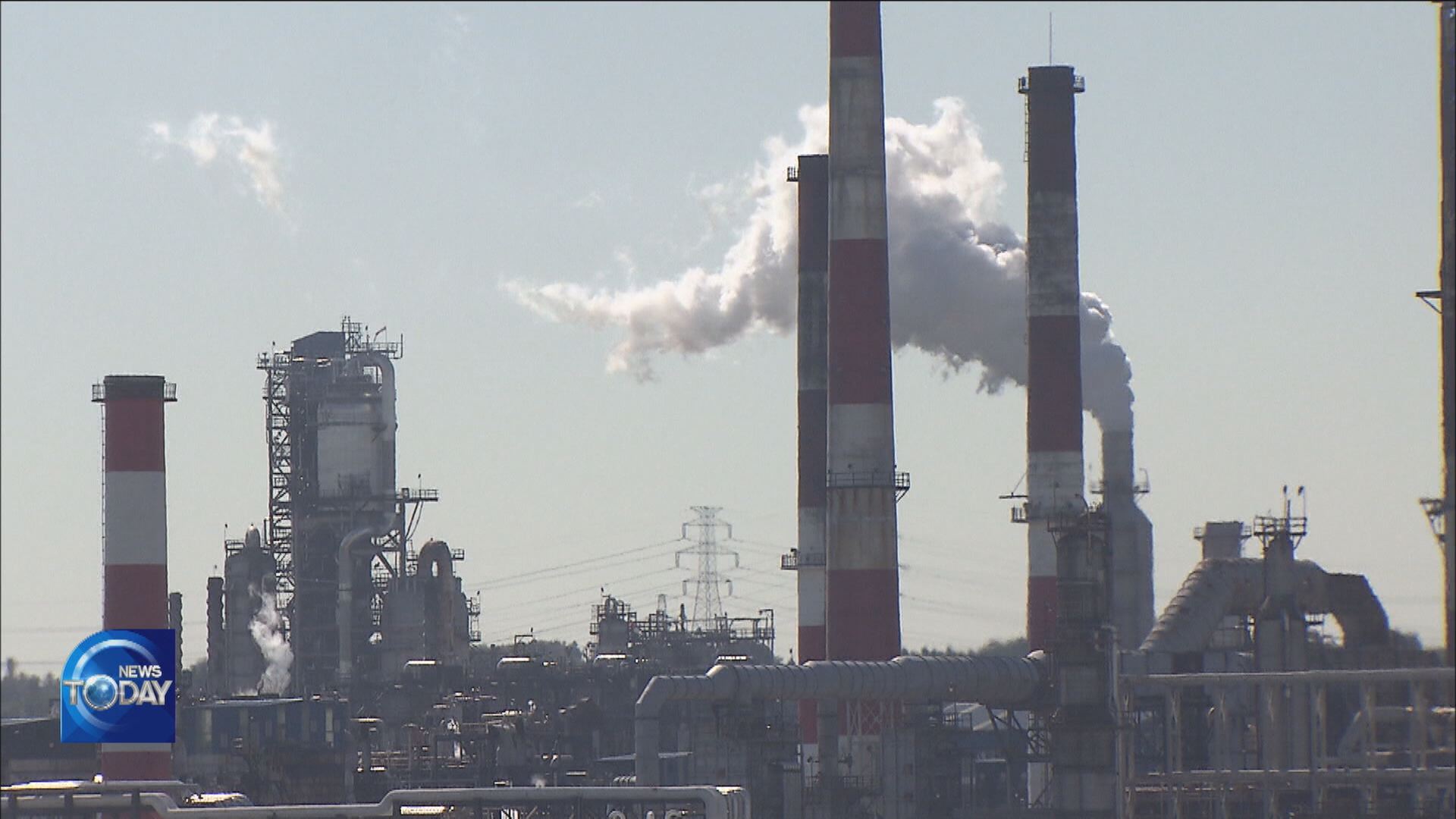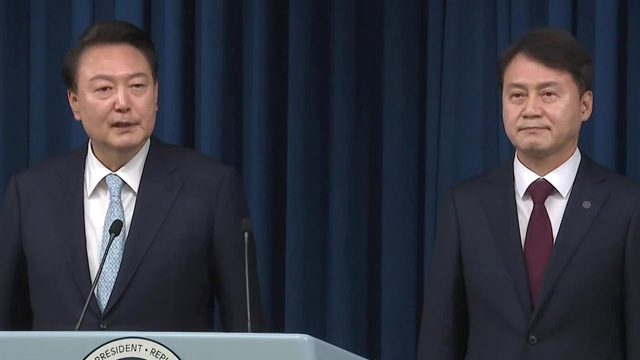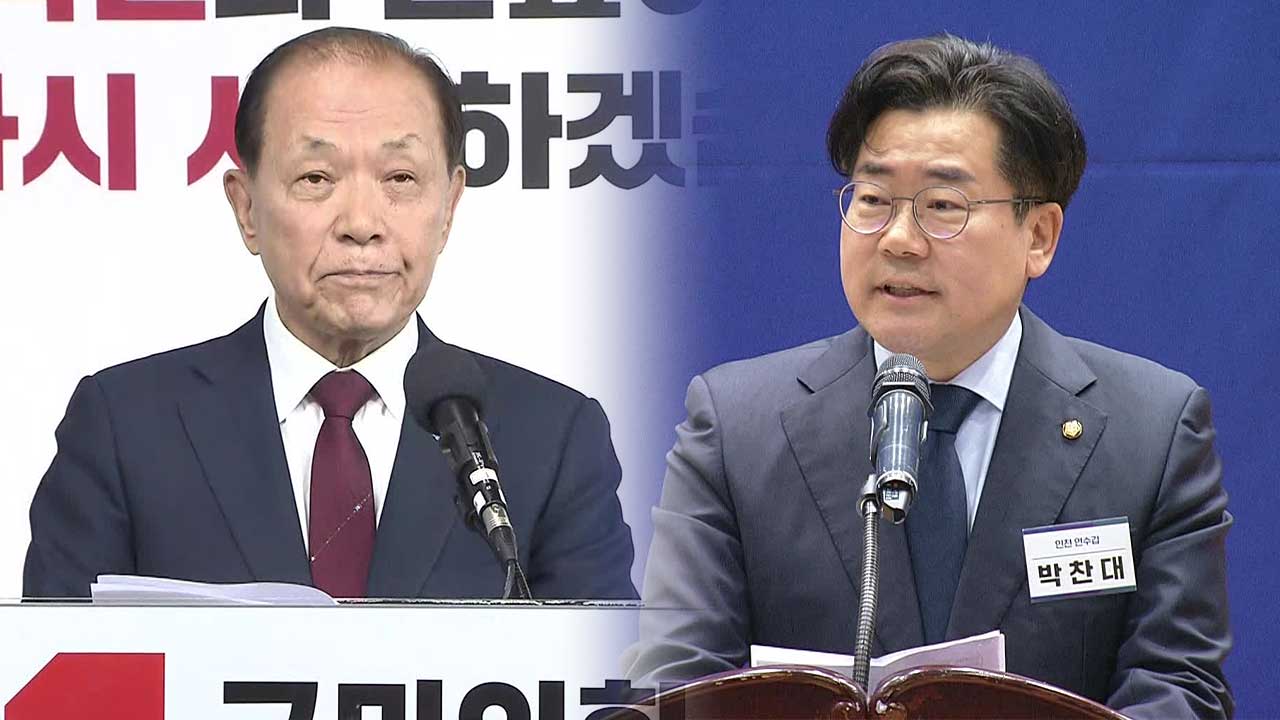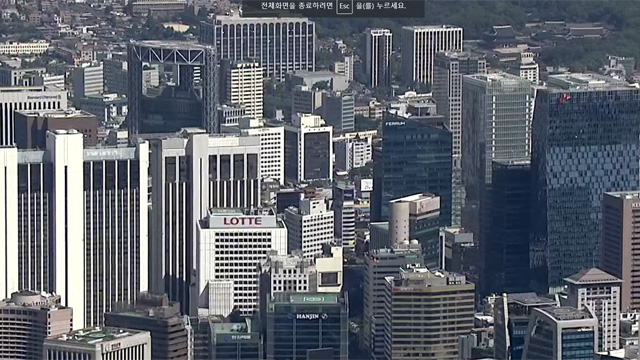KOREA’S GOAL TO GO “CARBON NEUTRAL”
입력 2020.12.08 (15:49)
수정 2020.12.08 (17:19)
읽어주기 기능은 크롬기반의
브라우저에서만 사용하실 수 있습니다.
[Anchor Lead]
The government has unveiled a blueprint for making Korea carbon neutral by 2050. Its key point is taking a pro-active approach in overhauling the country’s industrial structure. The industrial and energy sectors will likely undergo change the most.
[Pkg]
The Korean steel giant POSCO was built in 1973. Steel produced there set the stage for the modernization of the nation’s manufacturing sector. However, steel manufacturing emits large amounts of carbon dioxide because coal must be burned to extract melted iron from furnaces. The situation is similar in other key industries including petrochemicals and oil refining. The government seeks to overhaul their high-carbon structure as soon as possible. This will be achieved by utilizing low- or zero-carbon materials and technologies. For instance, coal used to extract melted steel will be replaced with hydrogen. The use of the more environmentally-friendly hydrogen will be expanded to 80 percent to create new low-carbon industries. In the power generation sector, the use of renewable energy such as solar and wind power will be expanded as well.
[Soundbite] SUNG YUN-MO(MINISTRY OF TRADE, INDUSTRY AND ENERGY) : "We have bold plans for reducing the use of coal. By 2034 we aim to scrap 30 of the 60 coal-fired power generators that are currently in operation."
The government will set up an agency for authorizing renewable energy, and convert the electric power network to utilize renewable energy. The government has also decided to introduce more flexible and rational electricity fee rates. However, whether they will be raised or not needs to be discussed later. It has vowed all-out support to solve problems that may arise during the overhaul of the industrial and power generation systems. Industries and regions that sustain losses will receive incentives to promote their convergence, while workers who lose their jobs will be provided with opportunities to find new jobs after receiving professional training. This is the government’s blueprint for making Korea carbon neutral. But the country has a long way to go, as most of the domestic low-carbon technologies are still in the nascent stage of development.
[Soundbite] LEE SANG-JOON(KOREA ENERGY ECONOMICS INSTITUTE) : "Steel, petrochemical and cement manufacturing companies cannot go carbon neutral without innovating their processes. This requires investment into future technologies."
The government has decided to set up a committee consisting of experts from the private and public sectors to carry out carbon neutrality tasks in phases.
The government has unveiled a blueprint for making Korea carbon neutral by 2050. Its key point is taking a pro-active approach in overhauling the country’s industrial structure. The industrial and energy sectors will likely undergo change the most.
[Pkg]
The Korean steel giant POSCO was built in 1973. Steel produced there set the stage for the modernization of the nation’s manufacturing sector. However, steel manufacturing emits large amounts of carbon dioxide because coal must be burned to extract melted iron from furnaces. The situation is similar in other key industries including petrochemicals and oil refining. The government seeks to overhaul their high-carbon structure as soon as possible. This will be achieved by utilizing low- or zero-carbon materials and technologies. For instance, coal used to extract melted steel will be replaced with hydrogen. The use of the more environmentally-friendly hydrogen will be expanded to 80 percent to create new low-carbon industries. In the power generation sector, the use of renewable energy such as solar and wind power will be expanded as well.
[Soundbite] SUNG YUN-MO(MINISTRY OF TRADE, INDUSTRY AND ENERGY) : "We have bold plans for reducing the use of coal. By 2034 we aim to scrap 30 of the 60 coal-fired power generators that are currently in operation."
The government will set up an agency for authorizing renewable energy, and convert the electric power network to utilize renewable energy. The government has also decided to introduce more flexible and rational electricity fee rates. However, whether they will be raised or not needs to be discussed later. It has vowed all-out support to solve problems that may arise during the overhaul of the industrial and power generation systems. Industries and regions that sustain losses will receive incentives to promote their convergence, while workers who lose their jobs will be provided with opportunities to find new jobs after receiving professional training. This is the government’s blueprint for making Korea carbon neutral. But the country has a long way to go, as most of the domestic low-carbon technologies are still in the nascent stage of development.
[Soundbite] LEE SANG-JOON(KOREA ENERGY ECONOMICS INSTITUTE) : "Steel, petrochemical and cement manufacturing companies cannot go carbon neutral without innovating their processes. This requires investment into future technologies."
The government has decided to set up a committee consisting of experts from the private and public sectors to carry out carbon neutrality tasks in phases.
■ 제보하기
▷ 카카오톡 : 'KBS제보' 검색, 채널 추가
▷ 전화 : 02-781-1234, 4444
▷ 이메일 : kbs1234@kbs.co.kr
▷ 유튜브, 네이버, 카카오에서도 KBS뉴스를 구독해주세요!
- KOREA’S GOAL TO GO “CARBON NEUTRAL”
-
- 입력 2020-12-08 15:49:32
- 수정2020-12-08 17:19:39

[Anchor Lead]
The government has unveiled a blueprint for making Korea carbon neutral by 2050. Its key point is taking a pro-active approach in overhauling the country’s industrial structure. The industrial and energy sectors will likely undergo change the most.
[Pkg]
The Korean steel giant POSCO was built in 1973. Steel produced there set the stage for the modernization of the nation’s manufacturing sector. However, steel manufacturing emits large amounts of carbon dioxide because coal must be burned to extract melted iron from furnaces. The situation is similar in other key industries including petrochemicals and oil refining. The government seeks to overhaul their high-carbon structure as soon as possible. This will be achieved by utilizing low- or zero-carbon materials and technologies. For instance, coal used to extract melted steel will be replaced with hydrogen. The use of the more environmentally-friendly hydrogen will be expanded to 80 percent to create new low-carbon industries. In the power generation sector, the use of renewable energy such as solar and wind power will be expanded as well.
[Soundbite] SUNG YUN-MO(MINISTRY OF TRADE, INDUSTRY AND ENERGY) : "We have bold plans for reducing the use of coal. By 2034 we aim to scrap 30 of the 60 coal-fired power generators that are currently in operation."
The government will set up an agency for authorizing renewable energy, and convert the electric power network to utilize renewable energy. The government has also decided to introduce more flexible and rational electricity fee rates. However, whether they will be raised or not needs to be discussed later. It has vowed all-out support to solve problems that may arise during the overhaul of the industrial and power generation systems. Industries and regions that sustain losses will receive incentives to promote their convergence, while workers who lose their jobs will be provided with opportunities to find new jobs after receiving professional training. This is the government’s blueprint for making Korea carbon neutral. But the country has a long way to go, as most of the domestic low-carbon technologies are still in the nascent stage of development.
[Soundbite] LEE SANG-JOON(KOREA ENERGY ECONOMICS INSTITUTE) : "Steel, petrochemical and cement manufacturing companies cannot go carbon neutral without innovating their processes. This requires investment into future technologies."
The government has decided to set up a committee consisting of experts from the private and public sectors to carry out carbon neutrality tasks in phases.
The government has unveiled a blueprint for making Korea carbon neutral by 2050. Its key point is taking a pro-active approach in overhauling the country’s industrial structure. The industrial and energy sectors will likely undergo change the most.
[Pkg]
The Korean steel giant POSCO was built in 1973. Steel produced there set the stage for the modernization of the nation’s manufacturing sector. However, steel manufacturing emits large amounts of carbon dioxide because coal must be burned to extract melted iron from furnaces. The situation is similar in other key industries including petrochemicals and oil refining. The government seeks to overhaul their high-carbon structure as soon as possible. This will be achieved by utilizing low- or zero-carbon materials and technologies. For instance, coal used to extract melted steel will be replaced with hydrogen. The use of the more environmentally-friendly hydrogen will be expanded to 80 percent to create new low-carbon industries. In the power generation sector, the use of renewable energy such as solar and wind power will be expanded as well.
[Soundbite] SUNG YUN-MO(MINISTRY OF TRADE, INDUSTRY AND ENERGY) : "We have bold plans for reducing the use of coal. By 2034 we aim to scrap 30 of the 60 coal-fired power generators that are currently in operation."
The government will set up an agency for authorizing renewable energy, and convert the electric power network to utilize renewable energy. The government has also decided to introduce more flexible and rational electricity fee rates. However, whether they will be raised or not needs to be discussed later. It has vowed all-out support to solve problems that may arise during the overhaul of the industrial and power generation systems. Industries and regions that sustain losses will receive incentives to promote their convergence, while workers who lose their jobs will be provided with opportunities to find new jobs after receiving professional training. This is the government’s blueprint for making Korea carbon neutral. But the country has a long way to go, as most of the domestic low-carbon technologies are still in the nascent stage of development.
[Soundbite] LEE SANG-JOON(KOREA ENERGY ECONOMICS INSTITUTE) : "Steel, petrochemical and cement manufacturing companies cannot go carbon neutral without innovating their processes. This requires investment into future technologies."
The government has decided to set up a committee consisting of experts from the private and public sectors to carry out carbon neutrality tasks in phases.
이 기사가 좋으셨다면
-
좋아요
0
-
응원해요
0
-
후속 원해요
0

















이 기사에 대한 의견을 남겨주세요.